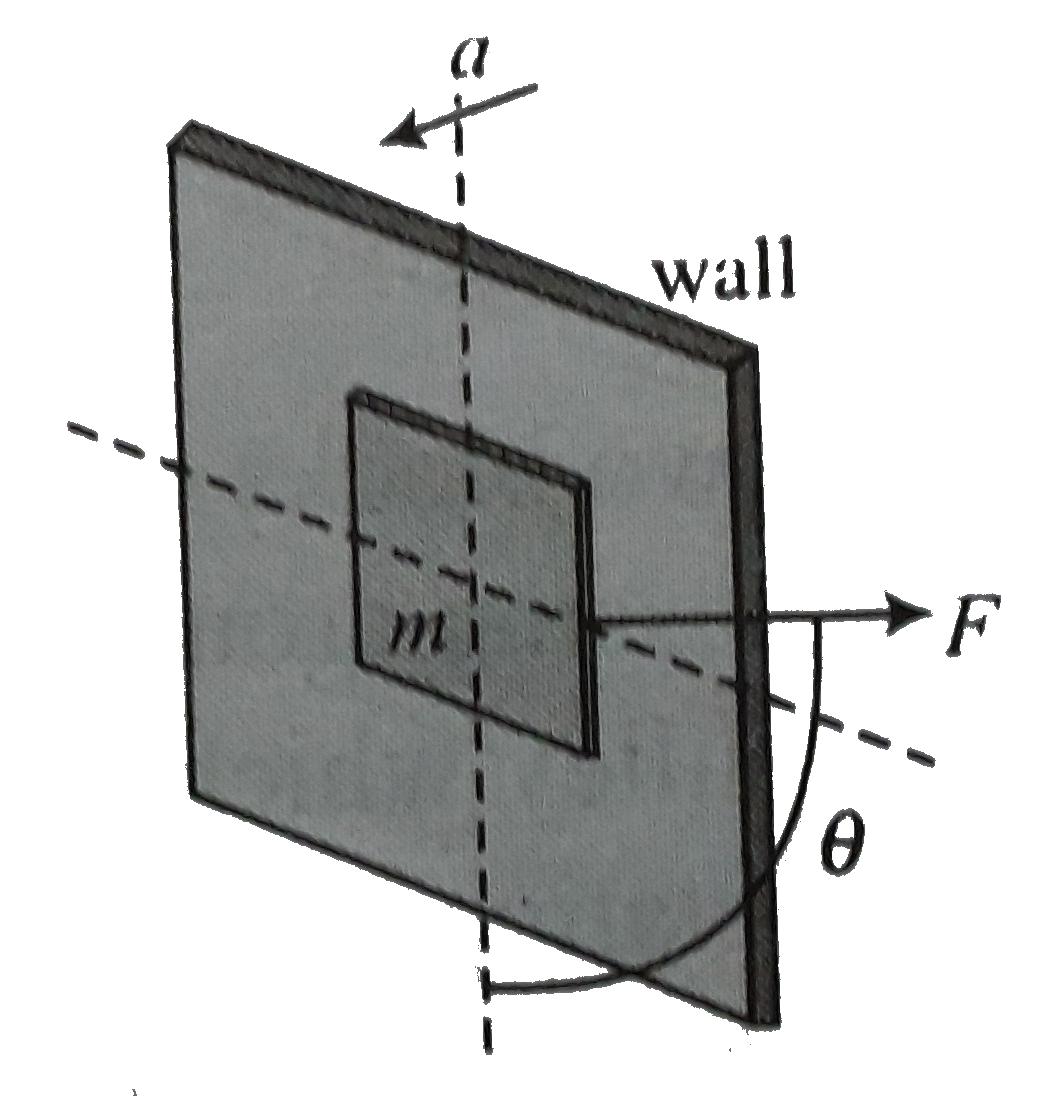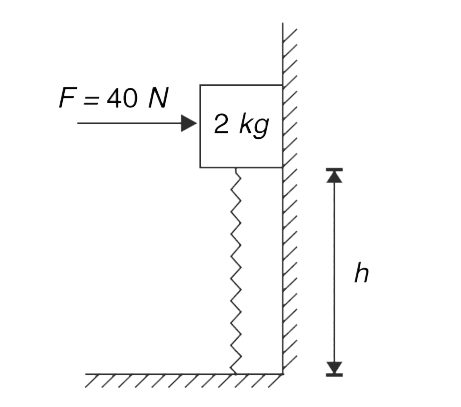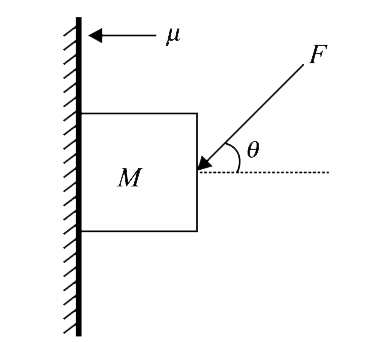An inflated balloon was pressed against a wall after it has been rubbed with a piece of synthetic cloth. It was found that the balloon sticks to the wall. What force might be responsible for the attraction between the balloon and the wall ?
Gravitational force
Electrostatic force
Muscular force
Frictional force
The correct Answer is:B
Step-by-Step Solution:
1. Understanding the Initial Condition:
- We start with an inflated balloon and a piece of synthetic cloth. When the balloon is rubbed with the cloth, both objects become electrically charged.
2. Charging Process:
- During the rubbing process, the balloon gains a positive charge, while the synthetic cloth acquires an equal but opposite negative charge. This is due to the transfer of electrons from one material to the other.
3. Bringing the Balloon Near the Wall:
- When the positively charged balloon is brought close to a neutral wall, the wall initially has no net charge.
4. Induction of Charge on the Wall:
- The presence of the positively charged balloon induces a negative charge on the surface of the wall. This occurs because the positive charge of the balloon repels the positive charges in the wall and attracts the negative charges, causing a separation of charges.
5. Attraction Between Charges:
- Now, the wall has a negative charge on the side facing the balloon, while the balloon retains its positive charge. According to the principle that opposite charges attract, there is an attractive force between the balloon and the wall.
6. Conclusion:
- The force responsible for the attraction between the balloon and the wall is called the electrostatic force. This force arises due to the interaction of the charged balloon with the induced charges on the wall.
Final Answer: The force responsible for the attraction between the balloon and the wall is the electrostatic force.
---
- We start with an inflated balloon and a piece of synthetic cloth. When the balloon is rubbed with the cloth, both objects become electrically charged.
- During the rubbing process, the balloon gains a positive charge, while the synthetic cloth acquires an equal but opposite negative charge. This is due to the transfer of electrons from one material to the other.
- When the positively charged balloon is brought close to a neutral wall, the wall initially has no net charge.
- The presence of the positively charged balloon induces a negative charge on the surface of the wall. This occurs because the positive charge of the balloon repels the positive charges in the wall and attracts the negative charges, causing a separation of charges.
- Now, the wall has a negative charge on the side facing the balloon, while the balloon retains its positive charge. According to the principle that opposite charges attract, there is an attractive force between the balloon and the wall.
- The force responsible for the attraction between the balloon and the wall is called the electrostatic force. This force arises due to the interaction of the charged balloon with the induced charges on the wall.
Topper's Solved these Questions
Similar Questions
An inflated balloon was pressed against a wall after it has been rubbed with a piece of synthetic cloth. It was found that the balloon sticks to the wall. What force might be responsible for the attraction between the balloon and the wall ?
View SolutionInflate a balloon and rub it against your dry hair and then gently place it against a wall. The balloon will stick to the wall, why is it so?
View Solution
Knowledge Check
A rectangular block is held against a vertical wall by applying a force of 200N normal to the wall. If the frictional froce just prevents the block from sliding down the wall, what is the mass of the block? (The coefficient of static friction between the block and the wall is 0.49)
A5 kgB7.5 kgC10 kgD15 kgIf a lodder weighing 250 N is placed against a smooth vertical wall having coefficient of friction between it and floor is 0.3 then what is the maximum force of friction available at the point of contact between the lodder and the floor?
A75NB50NC35ND25N
A block of mass 1kg is pressed against a wall by applying a horizontal force of 10N on the block. If the coefficient of friction between the block and the wall is 0.5 ,magnitude of the frictional force acting on the block is
View SolutionAn inflated rubber ballon and a woollen cloth are rubbed together. What type of charge is acquired by rubber balloon ?
View SolutionWhy is a balloon filled with air rubbed against hair sticks to the wall when pressed against it?
View SolutionA block of mass m is pressed against a wall which is moving with an acceleration a as shown in figure If the block is pulled at an angle θ with downward vertical by a force F and it does not slide relative to the wall . Find the
a. friction force between the block and wall
b.inimum magnitude of F so as to cayse a relative sliding between the block and wall
View Solution
In the figure shown, a balloon is pressed against a wall. It is in equilibrium and maximum compressed state.
→F= force of balloon on hand of man, →F2= force of balloon on wall,→F3= friction,→F4= weight of balloon. Which of the following statements are correct:
View Solution(i) In the arrangement shown in the figure the coefficient of friction between the 2 kg block and the vertical wall is μ=0.5. A constant horizontal force of 40 N keeps the block pressed against the wall. The spring has a natural length of 1.0 m and its force constant is k=400Nm–1. What should be the height h of the block above the horizontal floor for it to be in equilibrium. The spring is not tied to the block.

(ii) A block of mass M is pressed against a rough vertical wall by applying a force F making an angle of θ with horizontal (as shown in figure). Coefficient of friction between the wall and the block is μ=0.75.

(a) If F = 2 Mg, find the range of values of θ so that the block does not slide
[Take tan37∘=0.75,sin24∘=0.4]
(b) Find the maximum value of θ above which equilibrium is not possible for any magnitude of force F.
View Solution
